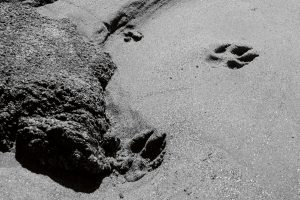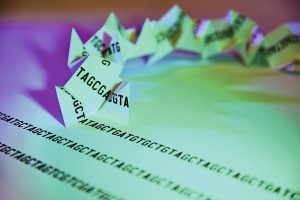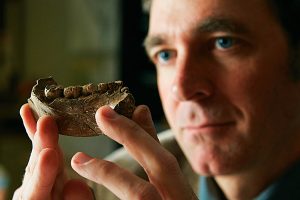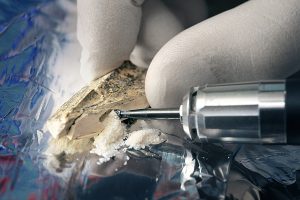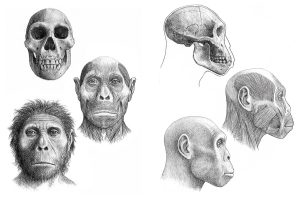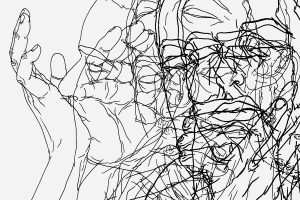Search
What kind of sign is a rhinoceros footprint? It is an index, an iconic representation, and can become a symbolic image. A whole world condensed into a single footprint.
Can humans control the future evolution of our species? Based on current knowledge in genetics, one can infer and extrapolate what may happen in the near future. After all, if we are to predict the future, we must first understand the foundations of our present.
Human palaeontology in Spain has experienced extraordinary growth in recent decades. In this work we investigate the influence that the book La evolución (1966) and its editors, Miquel Crusafont, Bermudo Meléndez, and Emiliano Aguirre, exerted on this explosion.
This work reviews the main questions surrounding the evolution of the genus Homo, such as its origin, the problem of variability in Homo erectus and the impact of palaeogenomics.
This article looks briefly at how our current supremely woolly concept of the genus Homo has come about, as background for urging a more rational approach to defining it.
The palaeogenomics (ancient DNA) field can be defined as the recovery and analysis of genetic material from the biological remains of the past and has become a powerful scientific field that provides direct information about the evolutionary process through space and time.
Recent paleoanthropological evidence from the early Pleistocene site of Dmanisi in Georgia has revealed that the first hominins out of Africa were more archaic than the coeval African and Asian Homo erectus.
Despite the bewilderment caused the almost continuous bombardment of news about the discovery of a new fossil that revolutionizes everything we knew until now about human evolution, at the beginning of the twenty-first century, there is a broad consensus regarding certain key moments in our evolution.
[caption id="attachment_18596" align="alignleft" width="320"] 2007 commemorative stamp with the face of the physiologist and physician Hans Selye, on the occasion of the one hundred anniversary of his birth. / Mètode[/caption] It's not stress that kills us, it is our reaction to it. (Hans Selye) Humans have always been extraordinary
Comparing the role FOXP2 plays in humans and other animals is starting to reveal common principles that may have provided building blocks for language evolution.

